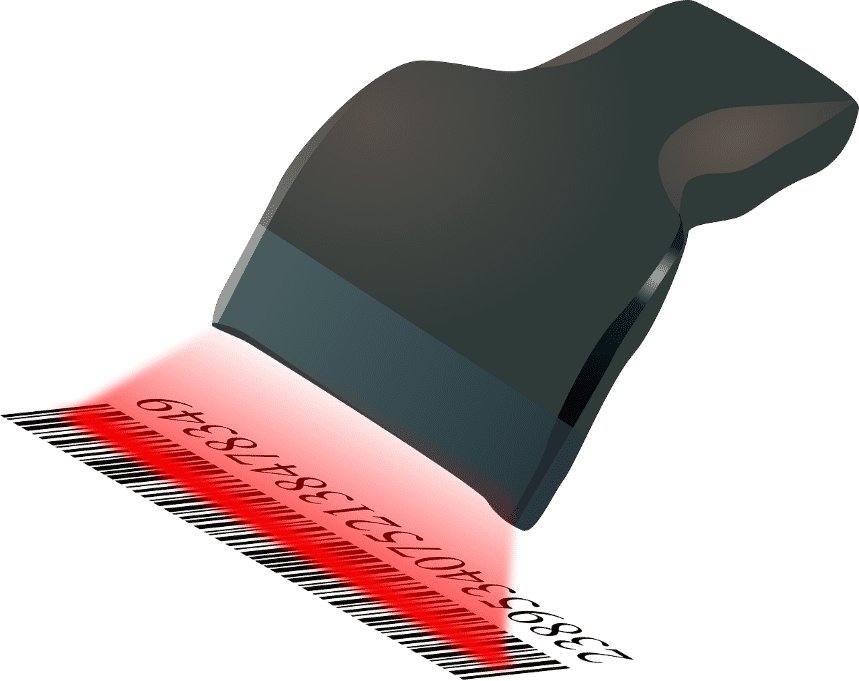While it may feel to you like barcodes have been ruling the retail world forever, in reality, barcodes didn’t actually have much impact until the 1970s. In fact, it was only in the year 1974 that the first barcode was successfully scanned and the first product barcoded. Nevertheless, the idea behind a successful barcode system has been around for much longer than that. In the year 1932, a Harvard Business student named Wallace Flint suggested that there might be a way to avoid manual checkouts a retail checkout system that was automated might be a possibility.
While initially his idea was considered to be unfeasible, Flint stayed true to his concept and continually supported the idea of automating retail checkouts all throughout his career. In fact, Flint was instrumental in the development of the first-ever barcode, known as the UPC code, as later on in his career he went on to be appointed as the vice-president of the corporation of food chains some 40 years after his initial suggestion.
During the 1940s, 1950s and 1960s, numerous product barcode formats were created. These included one that was reminiscent of a bull’s-eye, numeral barcodes, and many other formats. The needs of retail stores spurred the primary technological advances of barcoding, but industrial giants followed close behind.
The first uses of barcodes:
In the year 1948, a local grocery chain store giant advanced on Drexel Institute of Technology in Philadelphia in the United States, requesting them to do some research into a way of automatically scanning and reading product information at checkout points in stores. A graduate student at Drexel Institute, Bernard Silver, along with another graduate student Norman Joseph Woodland, teamed up to create a solution to this problem. At first, Woodland suggested implementing a symbol that used ultraviolet light sensitive ink. The two managed to build a functioning prototype for this idea, but it was rejected because it was believed to be too unreliable and overpriced. It was on October 20, 1949, that Woodland and Silver triumphed in creating a functioning prototype, explaining their invention as “article classification… through the medium of identifying patterns”. A few years later on October 7, 1952, their application for a patent was successfully granted for their “Classifying Apparatus and Method”. After this, attempts at developing a working system accelerated in the 1960s.
The first use of a barcode for commercial purposes:
Barcoding saw its first commercial use in the year 1966, however, in order for the system to be considered commercially acceptable in its entirety, some kind of industry-standard would have to be created. It was in the year 1970 that a company called Logicon Inc. had created the Universal Grocery Products Identification Code (UGPIC). The American based company known as Monarch Marking, using the UGPIC, was the first business to successfully create barcode equipment for use in the retail trading industry and for industrial use, the British company Plessey Telecommunications was the spearheading company.
In 1972, a retail store by the name of Kroger in Cincinnati, Ohio began using a barcode in the shape of a bulls-eye for checkout purposes. Through that same frame of time, a committee was created in the grocery industry to decide on a standardized barcode to be used in the industry. IBM, an American technology company, put forth a design, founded on the UGPIC design and closely related to the modern EAN barcode. On the 3rd of April 1973, the committee chose the UPC symbol that was proposed by IBM as the standardized symbol for the industry. This newly standardized system was highly successful and has since then prompted the creation of other barcoding systems. George J. Laurer, an employee of IBM at the time of the creation of the UPC and the mastermind behind the design, is considered the inventor of the Universal Product Code.
The birth of the barcode scanner:
In June of 1974, the first U.P.C. scanner created by NCR Corp was installed at a grocery store called Marsh’s in Troy, Ohio. Later that same day the first product to have a barcode and be successfully scanned was a pack of Wrigley’s Gum. The pack of gum wasn’t especially chosen as the first-ever retail product to be scanned, it just so happened that this was the first product taken from the trolley of the shopper whose name was never remembered. Today, you can find that pack of gum on display at the Smithsonian Institution’s National Museum of American History.
